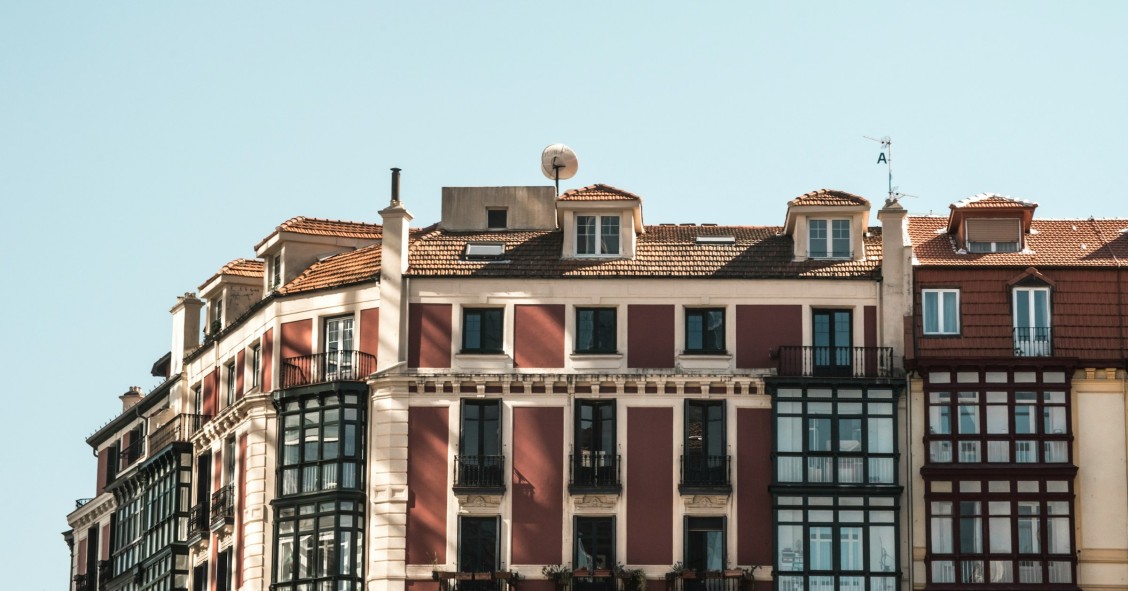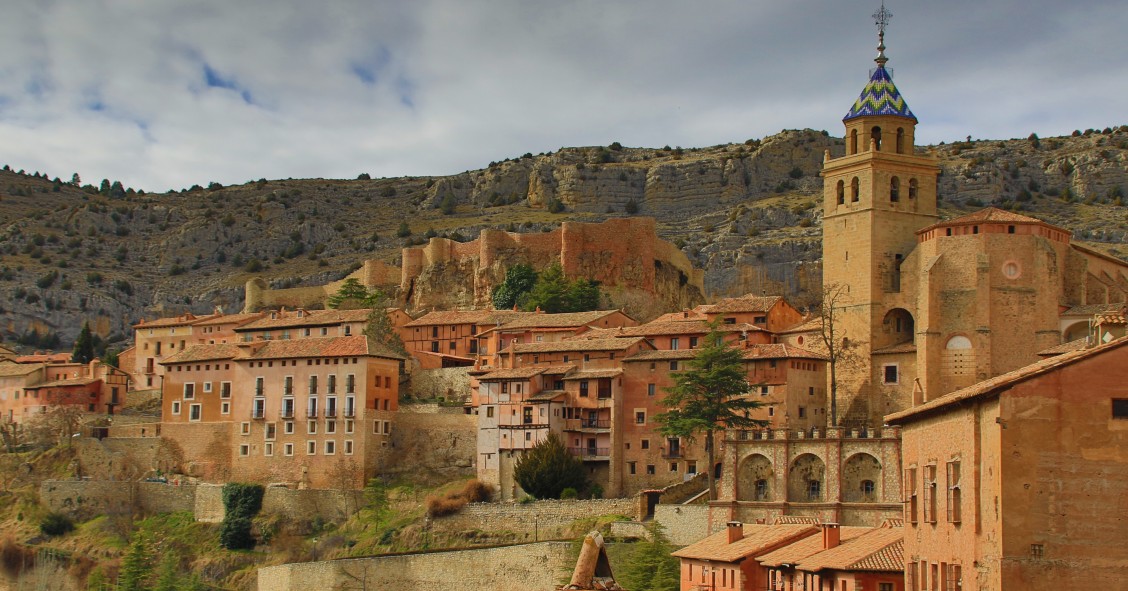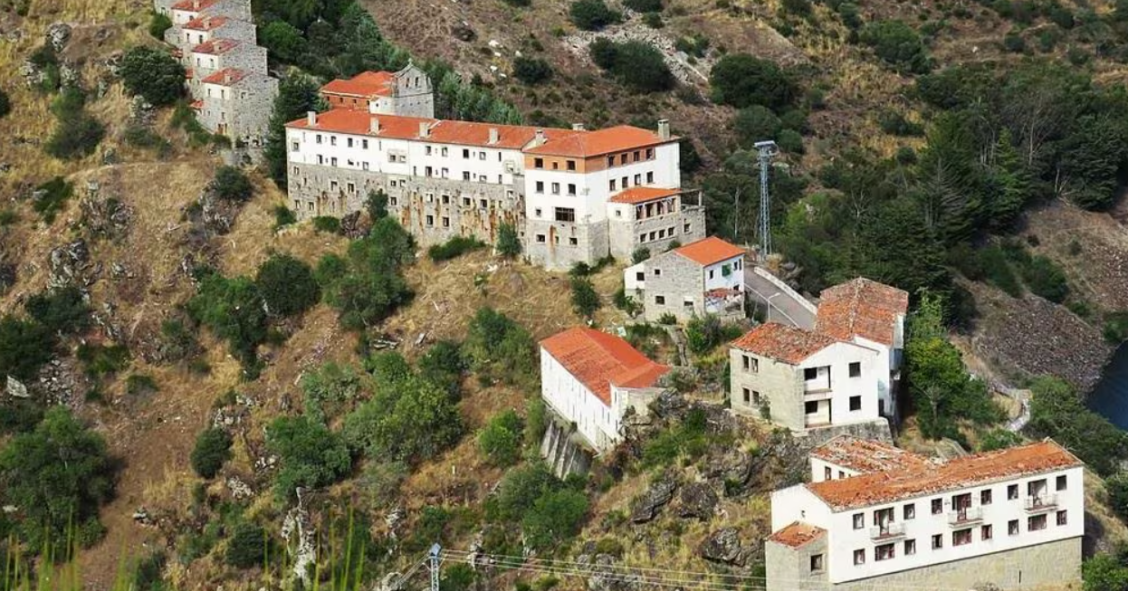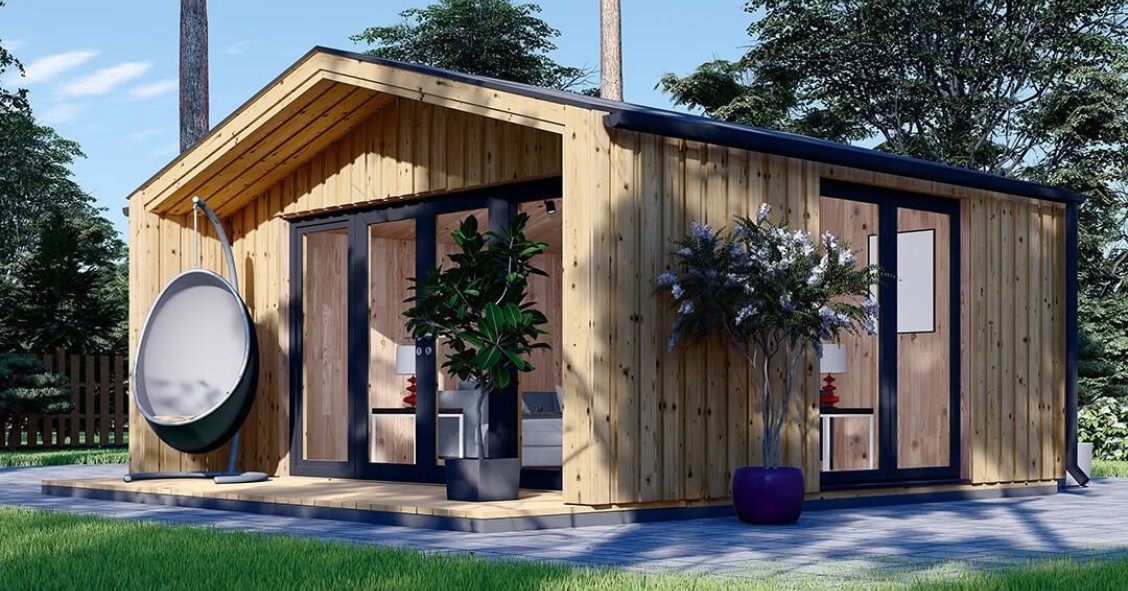
The price of used housing in Spain saw a quarterly increase of 2.2% in the first quarter of 2018. This leaves the price per square metre at 1,621 euro and the price per square foot at 150 euro, according to the latest idealista price index. Taking into account the annual variation, the increase is 7.1%.
For Fernando Encinar, Head of Research at idealista, "all the data that the sector handles seem to confirm the good health that the Spanish real estate market is enjoying. More than ten years after the property bubble burst, the rise in the number of purchases and sales, the increase in mortgages granted and the sustained growth in prices speak of a normalisation which is now widespread throughout the country, although at different speeds."
In his opinion, there are several factors that, at the moment, do not suggest another bubble. On the one hand, from a mortgage perspective, the conditions for access to credit have been tightened, the number of fixed-rate loans has multiplied, and the number of mortgages granted is well below the number of purchases and sales. This lack of exposure to risk is one of the main indicators when it comes to a real estate bubble.
"In terms of buying and selling,” stresses Encinar, “the level of operations is still well below that reached at the peak of the bubble and is more related to the creation of new homes and the return of immigration (both internal and external) than to speculative operations. Finally, although prices are rising steadily across the board, they are rising at different speeds, which shows that contrary to what happened during the bubble, not all products or regions are behaving in the same way. In any case, it would help to contain prices if new construction could be made more dynamic, especially in those markets where the increase in demand is faced with a progressive reduction in stock."
Autonomous Communities
There are 15 Spanish Autonomous Communities that saw their property prices rise during the winter: the biggest increase was in the Balearic Islands, where owners are now asking for 5.5% more for their homes than three months ago, followed by Madrid, where they have increased by 5.1%, and La Rioja (3.3%). These are followed by increases in the Canary Islands (3.1%), Catalonia (3.1%) and Andalusia (2%). In contrast, the Basque Country saw the largest drop, with a 0.4% drop, followed by Extremadura, where it fell by 0.1%.
After the strong increase registered during this quarter, the Community of Madrid has positioned itself as the most expensive autonomous region, with 2,673 euro/m2 or 248 euro/sq ft. It is followed by the Balearic Islands (2,609 euro/m2 or 242 euro/sq ft), the Basque Country (2,509 euro/m2 or 233 euro/sq ft) and Catalonia (2,146 euro/m2 or 199 euro/sq ft). At the other end of the rankings are Castile-La Mancha (913 euro/m2 or 85 euro/sq ft), Extremadura (931 euro/m2 or 86 euro/sq ft) and Murcia (1,023 euro/m2 or 95 euro/sq ft), the cheapest Autonomous Communities.
Provinces
Up to 43 provinces experienced price increases in their second-hand properties during the first quarter of the year. These increases are also led by the Balearic Islands (5.5%), followed by Lleida (5.3%), Madrid (5.1%), Santa Cruz de Tenerife (4.4%) and Barcelona (4.2%). On the opposite side we find falls in Lugo (-1.1%), Gipuzkoa (-0.9%) and Biscay (-0.7%).
The ranking of the most expensive provinces is still headed by Gipuzkoa, with 2,734 euro/m2 or 254 euro/sq ft, followed by Madrid (2,673 euro/m2 or 248 euro/sq ft). Behind them are Barcelona (2,650 euro/m2 or 246 euro/sq ft) and the Balearic Islands (2,609 euro/m2 or 242 euro/sq ft). Toledo is the cheapest province (793 euro/m2 or 74 euro/sq ft), followed by Ávila (822 euro/m2 or 76 euro/sq ft) and Ciudad Real (856 euro/m2 or 80 euro/sq ft).
Capitals
Madrid leads the rise among the Spanish provincial capitals, with an increase of 7.8%. It is followed by Granada, where price expectations have increased by 5.6%, and Logroño (5.2%). In Malaga prices have increased by 5%, while in Palma the increase has remained at 4.8%, and 4.5% in Valencia.
The biggest drop happened in Oviedo (-0.5%). This is followed by the decreases in Badajoz (-0.4%), Cordoba (-0.3%), Bilbao (-0.3%) and Lugo (-0.1%). In the cities of Castellón and Huelva, prices remained the same.
Barcelona is the most expensive Spanish capital at 4,334 euro/m2 or 403 euro/sq ft, followed by San Sebastian (4,144 euro/m2 or 385 euro/sq ft), Madrid (3,540 euro/m2 or 329 euro/sq ft) and Bilbao (2,863 euro/m2 or 266 euro/sq ft). At the other extreme, we find Ávila, the cheapest capital, with a price of 954 euro/m2 or 89 euro/sq ft.
The idealista property price index
idealista is currently the most used property marketplace in Spain for buying, selling and renting. With thousands of properties currently for sale, the research department at idealista has had a large sample group for analysing real estate prices since 2000. With eighteen years of research under its belt, idealista has become the standard source of data for countless analysis teams from banking and financial entities to public institutions.
To put together this property price index, idealista has analysed 395,451 property listings which were advertised on their database on 26th March 2018. To ensure the data is correct, properties which were previously priced outside of the market have not been counted in the analysis, as have single-family homes because they skewed the results in some areas. The price is not offered for municipalities with less than 50 properties, as the sample is not sufficient. idealista’s property price index is compiled using offer prices per built square metre.






